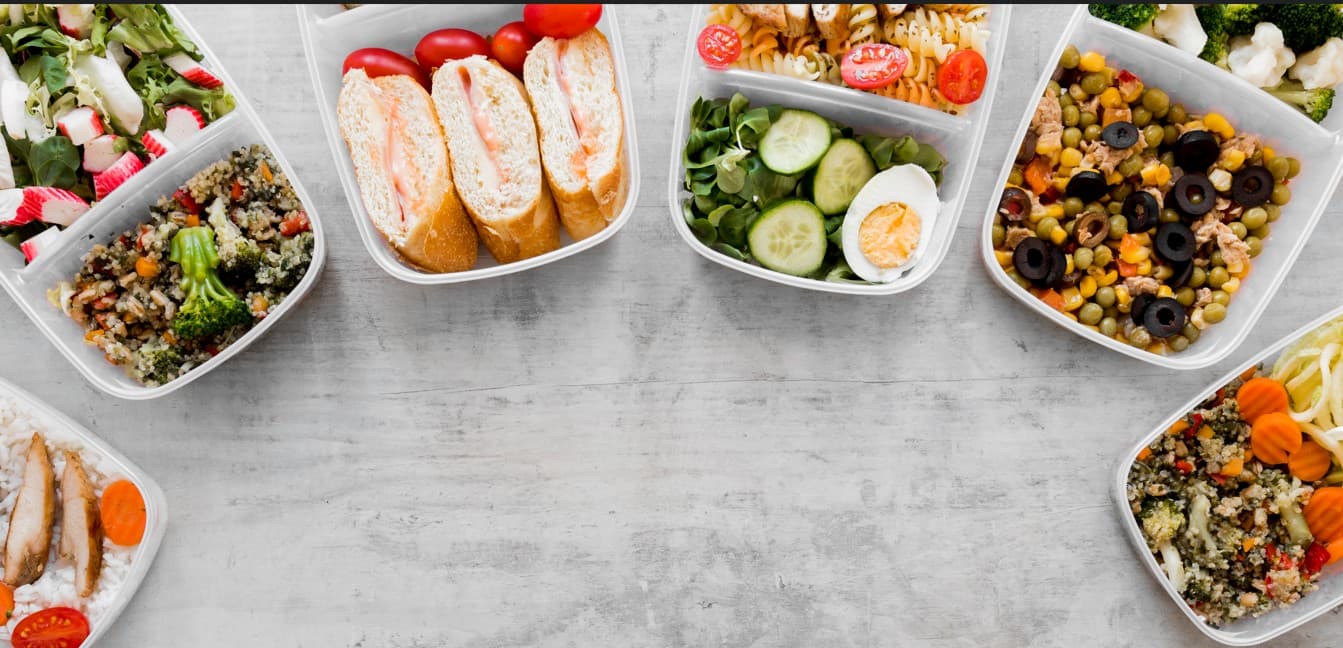Loading News Article...
We're loading the full news article for you. This includes the article content, images, author information, and related articles.
We're loading the full news article for you. This includes the article content, images, author information, and related articles.
As Kenyans increasingly seek convenient yet premium dining experiences, a new range of high-end ready meals is set to challenge traditional restaurant spending.

Nairobi's culinary scene is witnessing a notable shift as luxury ready meals, priced up to KSh 5,100 (£29.95), prepare to enter the market. This move by British food entrepreneur Charlie Bigham aims to capture a segment of consumers looking for an alternative to dining out, despite prevailing economic pressures on household finances. The introduction of such premium convenience foods reflects an evolving consumer landscape in Kenya, where demand for ready-to-eat options is growing.
Charlie Bigham, whose eponymous food business began in 1996, is launching a new five-option range, including venison bourguignon made with wild-caught venison from the Scottish Highlands. These meals, some costing three times the price of his bestselling fish pie, are specifically targeted at weekend dining occasions. Bigham suggests that consumers are increasingly noticing higher bills when dining out and are seeking quality alternatives to enjoy at home.
The Kenyan market for ready meals has been expanding, driven by urbanisation and busy lifestyles. Local companies like Cherubet Company Ltd and Greenspoon offer a variety of frozen and chilled ready-to-eat options, from traditional grains like githeri and beans to more contemporary salads and stews. Carrefour Kenya also features a selection of ready meals and appetizers, indicating a growing consumer appetite for convenience.
However, the introduction of ultra-luxury ready meals at nearly KSh 5,100 per serving marks a new tier in the Kenyan market. For comparison, an inexpensive meal at a Nairobi restaurant costs approximately KSh 750, while a three-course meal for two at a mid-range restaurant can be around KSh 5,000. This positions Bigham's offerings as a direct competitor to mid-to-high-end restaurant experiences.
Kenyan households have been adjusting their spending habits due to rising costs. A survey by TransUnion Africa in Q2 2023 indicated that 62% of consumers reported cutting back on discretionary spending, including dining out, travel, and entertainment. Despite this, there's a paradox where Nairobians are reportedly spending more on dining out than on groceries, influenced by social media trends and the perceived convenience of restaurant meals.
The average cost of a meal in Kenya, based on previous traveller spending habits, is around KSh 1,429 per person, with breakfast typically cheaper than lunch or dinner. While inflation has seen fluctuations, with a notable rise in fuel prices, core inflation (non-food, non-fuel) has remained relatively stable.
Charlie Bigham's products are primarily sold in UK supermarkets such as Waitrose and Tesco. While Waitrose has a foundation that expanded to Kenya in 2009, there are no physical Waitrose supermarkets in Kenya. Similarly, while a 'Tesco Corporation Ltd' is listed in Nairobi as a food retailer and supermarket, it is not the multinational Tesco supermarket chain. Tesco products are available in Kenya through online platforms like Ubuy Kenya. Therefore, the distribution strategy for Charlie Bigham's luxury ready meals in Kenya remains an unknown, as direct supermarket placement in major chains like Waitrose or Tesco, as seen in the UK, is not currently feasible.
The entry of such high-value ready meals could further segment Kenya's food market. It caters to a niche of consumers who value convenience and gourmet quality but may be seeking to replicate a restaurant experience at home, potentially saving on the overall cost of a full night out, which often includes drinks and service charges. This trend could also spur local producers to innovate and offer more premium ready-meal options, enhancing competition and variety in the market.
Key questions remain regarding the specific launch strategy for Charlie Bigham's in Kenya, including pricing adjustments for the local market, distribution channels, and targeted consumer demographics. The success of these luxury ready meals will depend on their ability to resonate with Kenyan consumers' evolving tastes and spending priorities, especially given the existing economic climate and the availability of more affordable local ready-meal options.
Industry observers will be keenly watching how Charlie Bigham's navigates the Kenyan retail landscape and whether its luxury ready meals gain traction among discerning consumers. The response from local food manufacturers and the broader impact on dining-out trends in Nairobi will also be significant indicators of this market's future direction.
Keep the conversation in one place—threads here stay linked to the story and in the forums.
Other hot threads
E-sports and Gaming Community in Kenya
Active 6 months ago
Popular Recreational Activities Across Counties
Active 6 months ago
The Role of Technology in Modern Agriculture (AgriTech)
Active 6 months ago
Investing in Youth Sports Development Programs
Active 6 months ago